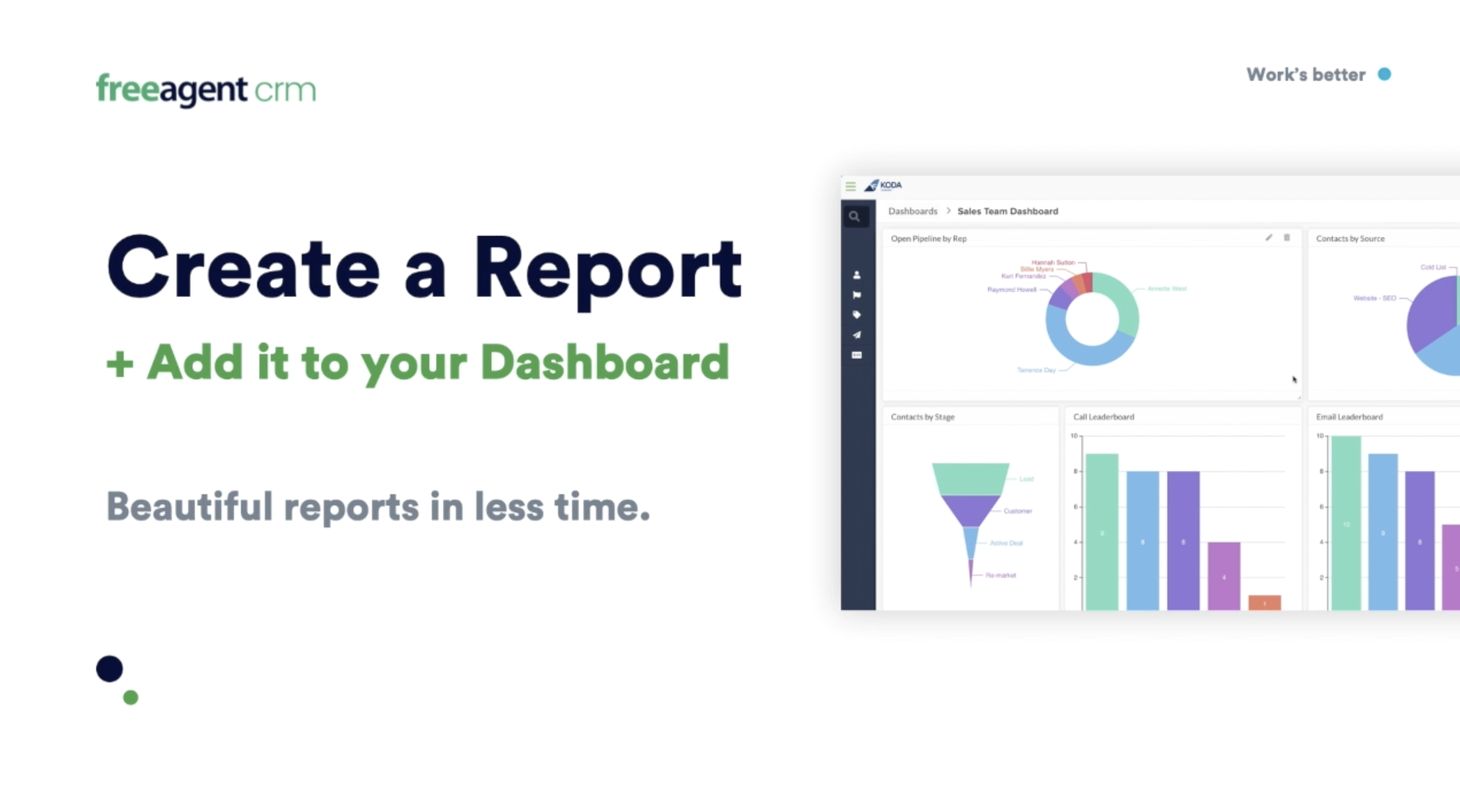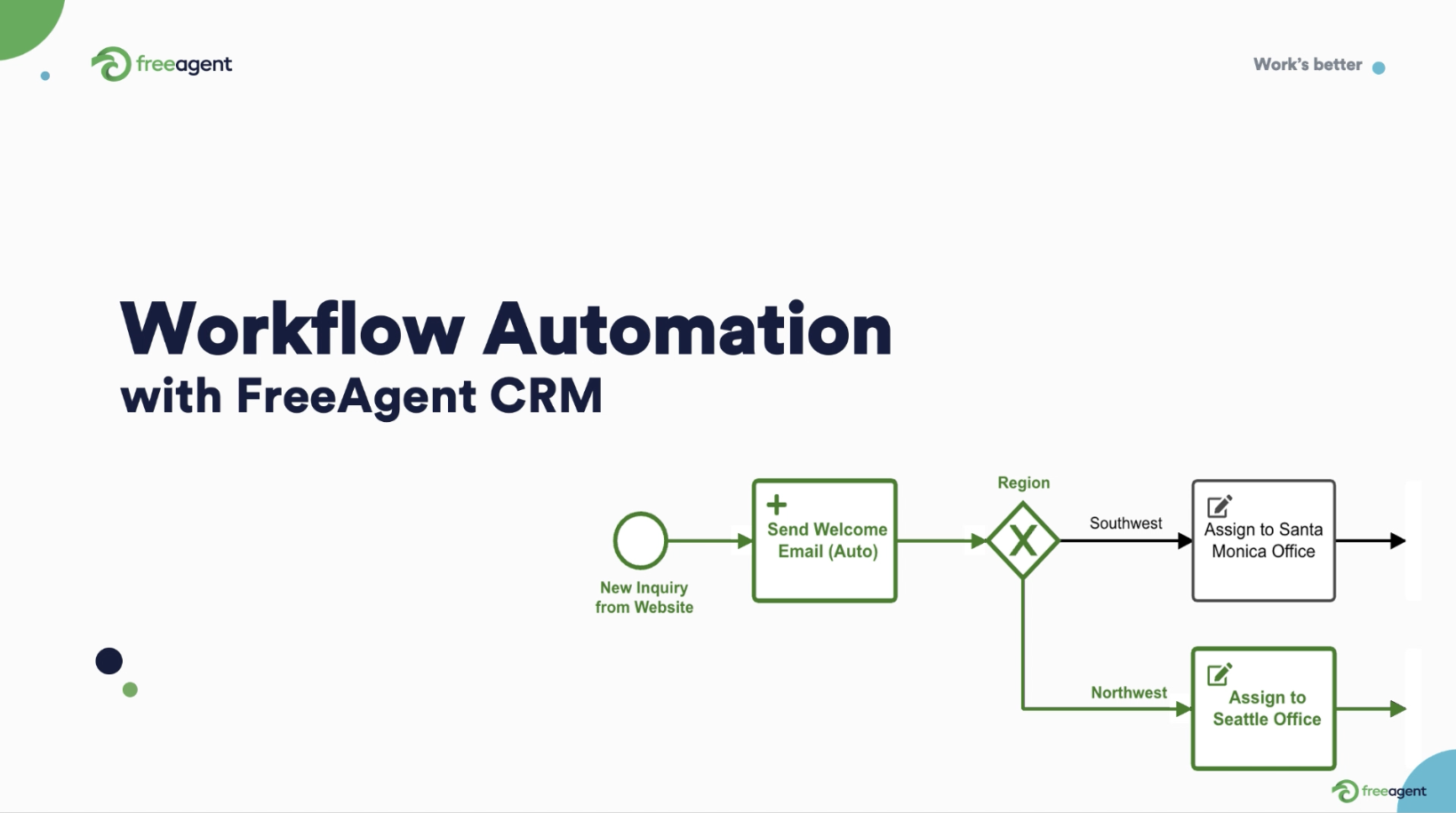Customer relationship management (CRM) software is designed to help companies build relationships with customers more efficiently. They allow businesses to not only develop new relationships but also track, maintain, and optimize existing relationships.
This involves a lot of numbers, ratios, and percentages that allow you to calculate the effectiveness of each customer relationship. This is especially important for B2B businesses where long-term customer relationships are essential.
CRMs play a valuable role in an organization’s ability to sustain and improve sales revenue and efficiency.
With an increasingly connected world and immense competition, CRM systems have become a necessity. This has led to massive growth in the CRM industry over the years.
Top CRM Statistics for 2023
Here are 12 essential CRM statistics to help you maximize customer relationships in 2023.
1. The global CRM software market is valued at $57.21 billion and is projected to reach $182.32 billion by 2030 (Source)
This is a huge jump from 2015 when the total CRM software market revenue was at $24 billion. The current 2030 projections are based on a CAGR of 11.43%. However, if the current trend continues, the CAGR is expected to increase, making 2030 projections even bigger.
As new technologies are adapted into CRM systems, and as more businesses adopt a CRM-first approach, the industry is bound to expand exponentially.
In recent years, a lot more financial and banking services have started to use CRM software. It’s also becoming commonplace for small and medium-sized businesses to use CRM systems.
Both social and mobile CRMs are now used to provide premium customer service at all levels.
Current data shows these industries are among the top users of CRM software:
- Banking, financial services, and insurance (BFSI)
- Manufacturing
- Healthcare
- IT and telecommunications
- Transportation and logistics
- Retail and consumer goods
Most organizations prefer using cloud-based CRM systems. However, a large number of enterprises have adopted on-premises CRM systems to ensure the security of data.
Here are some other ways organizations are utilizing CRM systems:
- Customer retention and customer management
- Lead generation
- Marketing automation
- Salesforce automation
Some also use it as a primary means of customer support and centralized contact center.
2. 51% of organizations plan to increase their IT budgets in 2023, specifically with managed business applications that include CRM systems (Source)
According to the report, the managed business applications industry has seen massive growth in the last few years. However, while more than half of the organizations want to increase IT budgets, 6% plan to cut back on tech spending.
This isn’t necessarily because there’s less need for tech in their organizations. For example, 50% of organizations have plans to take certain precautionary measures due to the economic slowdown during 2023 and forward.
Part of those precautionary measures includes letting go of employees, cutting budgets (such as in IT), and reducing overhead.
In the case of cutbacks in IT, services that have costs associated with the total number of employees have a higher chance of being cut out, which includes a lot of CRM offerings.
The report found that while managed business applications like CRM have seen a lot of growth, spending on the cloud and on-premises systems has remained flat.
That said, a lot of businesses are looking forward to adopting an AI-first approach, looking to automate several customer-sided tasks.
Automated CRMs tend to cost less because they are not priced based on the total number of employees. This can make them a better option for enterprises and medium-sized businesses with a lot of employees.
3. 55% of businesses say their CRM software lacks the customization options to meet their needs, and 58% believe their CRM is wasting money (Source)
Organizations need CRM systems that can be tailored according to their business processes, rules, and existing systems. After all, every business has a different work style, culture, and hierarchy.
This is also why so many businesses believe that their CRM is wasting money. Improper CRM reporting leads to top executives thinking that their CRM systems aren’t doing much.
It also leads to a reduction in tech budgets, which forces employees to opt for cheaper alternatives. This leads to less effective CRM efforts.
Many businesses believe that sales and marketing teams spend a significant amount of time on administrative tasks. This leaves them less time to focus on enhancing the customer journey, growing the business, and closing deals.
It’s true that a fully interactive and intuitive CRM system is crucial to ensure efficiency. Furthermore, accessibility should be a priority with every CRM software. Simple features like drag-and-drop UI configurations go a long way.
Recent AI-driven insights and improvements are a huge step forward in making all of this possible. This means future sentiments about CRM systems have a high chance of improving.
4. 45% of businesses in the US plan to change CRM platforms in the next 12 months (Source)
Meanwhile, 59% of businesses in the UK, 49% in Germany, and 67% in Australia have the same plans.
Additionally:
- 46% of US businesses say that their CRM system does not have the necessary customization options to meet their needs.
- 50% believe that their CRM system costs them both time and money.
- 87% believe that the sales qualifications are lacking, being either underqualified, poorly qualified, or just not good enough to be followed up on.
- 53% are struggling to keep track of and quantify the churn rate.
- 66% understand that they need to do a lot more in order to increase customer trust in their brand and business.
- 45% believe that they’re still missing data that could help improve sales conversions and marketing campaigns.
- 48% are frustrated with their CRM systems due to the overburden of administrative tasks on sales teams.
Meanwhile, 88% of businesses have started using AI to improve existing processes and plan to increase AI reliance in the next 24 months.
5. The retail industry makes up the largest market share for CRM systems at 23.5%, followed by the BFSI and IT industries (Source)
Other major industries include the manufacturing, healthcare, and education industries, along with government systems.
The banking, financial services, and insurance industry have seen a lot of newcomers as unique financial startups dominate the market. This has led to most BFSI organizations making an additional effort to retain customers.
That means greater utilization of their CRM systems. Similar to the BFSI industry, the retail industry, which is dominated by multi-billion dollar organizations, has also seen a lot of newcomers.
Major retail organizations like Walmart noticed lower growth rates till 2020. However, more CRM spending and other efforts have led to higher growth rates in recent years.
The IT sector has also seen massive exponential growth in the last decade with new startups and SaaS companies dominating the market. In a world where unique selling points are easily overcome, it’s crucial to maintain good customer relationships.
6. 96% of businesses believe that accurate CRM data helps improve their conversion rates (Source)
Almost every organization using a CRM claims they are data-driven and that their actions and decisions are based on hard CRM data.
A lot of CRM users tend to assume that all CRM data is clean and can be used. That’s far from the truth in a lot of cases. This misconception often leads to customer churn, employee turnover, steep revenue losses, and other bottom-line impacts.
The report found that 44% of businesses believe they lose over 10% of their annual revenue due to the low quality of their CRM data. And 75% of business owners think their employees tend to fabricate data to give decision-makers what they want to hear.
Meanwhile, 64% of employees consider leaving their jobs if the organization doesn’t provide additional resources to a CRM data quality plan.
7. 56% of businesses believe the overall quality, usefulness, and accuracy of the data provided by their CRM software is good (Source)
Meanwhile, only 20% of businesses think that the data provided is very good, 18% believe it’s fair, 4% say it’s poor, and 2% believe it’s very poor.
Overall, 76% of businesses believe their CRM data quality is at least good.
Furthermore, 50% of businesses have high trust and confidence in the quality of the data, and 12% have very high trust and confidence.
Of respondents, 30% are neutral in their confidence in the accuracy and quality of CRM data. Meanwhile, 6% have low trust and 2% have very low trust and confidence.
The study found that data confidence does not accurately reflect data quality. This leaves a lot of room for bad CRM data to be used with high trust and confidence.
8. 73% of all businesses that use CRM systems regularly AB test their CRM campaigns while 26% don’t (Source)
The report found that of the top-performing CRM teams, 93% regularly AB test their CRM campaigns.
That said, every single respondent in the study said they actively track customer lifecycle metrics and activity. This means that despite a lack of AB testing, there is a good chance that they’re on the right track.
However, regardless of how much data you have or how good your data collective techniques are, AB testing is still important for campaign optimization.
This is why high-performing teams tend to rely on AB tests a lot more. It’s better to confirm your data through testing.
9. 28% of businesses utilize an omnichannel strategy for CRM campaigns, 61% use a multi-channel approach, and 11% use a single-channel strategy (Source)
Top-performing CRM teams never use a single-channel strategy. Of top CRM teams, 40% use an omnichannel strategy while 60% use a multi-channel approach.
According to the report, omnichannel strategies are the most efficient and the gold standard. Omnichannel includes the use of multiple channels for fatigue management, planning, and optimization.
In general, most CRM teams prefer using more than one channel, and the ones that use a single channel utilize only email.
Furthermore, 60% of top-performing CRM teams use app push notifications, 33% use web push notifications, and 67% use SMS.
In general, 52% of CRM teams use app push notifications, 23% use web push notifications, and 57% use SMS.
10. 57% of businesses believe that poor CRM data quality leads to a loss of existing customers (Source)
Meanwhile, 50% of businesses believe poor CRM data results in a loss of new sales, 44% believe it results in a loss of high-quality employees, and 7% believe that it has little effect.
All of these factors have a direct impact on an organization’s revenue. It also affects employee satisfaction and engagement, especially for the sales teams.
The easiest way to measure the effectiveness of your CRM is to notice revenue growth before and after adopting a CRM system. If you’ve seen a decline in revenue growth, the problem is likely to be bad CRM data.
At that point, you should opt for a CRM data quality plan and better CRM workflow management. Then, compare your results.
11. 46% of sales professionals agree that their organization takes full advantage of its CRM while 37% strongly agree (Source)
According to the Salesforce report, 44% of inside reps at companies agree that the organization is fully utilizing CRM data while 36% strongly agree. Additionally, 46% of outside reps agree that their organization utilizes their CRM and 41% strongly agree.
For sales reps, the most important CRM features include process/workflow automation, data entry automation, and intelligent customer insights. Other important features include integration with internal systems and the ability to replace other sales tools.
It’s safe to say that most sales and marketing professionals look forward to the automation and intelligence functions in a CRM. This means that if a CRM lacks those features, employee satisfaction with the CRM systems will be low.
12. 22% of businesses have been using CRM systems for over 10 years while 73% adopted them in the last 10 years (Source)
Half of all companies that use a CRM started using it in the last five years. The pandemic pushed a lot of companies to adopt CRM systems to keep up with their customers online.
It forced organizations to utilize CRM technology to maintain customer relationships, update data, and ensure business growth.
This massive growth in demand for CRM systems also led to many new CRM companies popping up, giving the two or three major players in the industry a run for their money.
The study also found that 52% of companies adopted a CRM initiative to better manage their data and gain business insight. According to the report, 19% wanted to drive revenue growth, 12% wanted to improve the productivity of their customer-facing employees, and 9% wanted to improve the customer experience.
Conclusion
CRM systems have become a necessity today for a lot of industries, especially ones where customers have a lot of options to choose from.
Retaining customers and diving into new markets requires deep insights and CRM systems help gather them. Developing long-term relationships requires customizing customer journeys, which is possible using CRM data.
On the other hand, CRM systems help internal sales teams and marketing teams improve their effectiveness, campaigns, and results.
Moving forward, any organization that doesn’t utilize CRM software is bound to get left behind by its competition.






